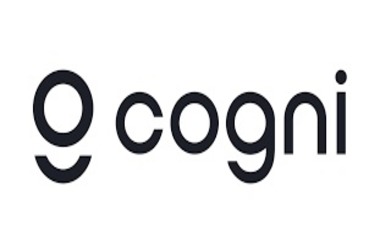Fintech is not dead, as Ramp reports accelerating revenue growth – TechCrunch
Not all companies are struggling in this downturn.
Despite a cooling market, Ramp, the start-up of the company’s consumption management, reports that it has more than doubled its revenue drive since the beginning of the year.
The feat would be impressive in normal times, but is especially the case when technology companies – large and small – lay off, freeze employment and / or report declining growth. But it is even more remarkable for a start-up – in an increasingly competitive area – to more than double its turnover in a few months in the midst of deteriorating market conditions.
Ramp confirmed in March that they had secured $ 550 million in debt and $ 200 million in equity in a new financing that doubled the valuation to $ 8.1 billion.
Now the company not only sees more SMB customers – a logical assumption considering that Ramp’s biggest competitor Brex recently announced that it would largely stop operating businesses in that category. According to CEO and co-founder Eric Glyman, it sees increases across all stages of the company’s maturity.
Especially in June he said Ramp closed a total of 38% more business – expected revenue from new customer registrations – than it did in May. Interestingly, the company saw the most growth in the corporate segment – with more than a 300% increase in customers there. It also saw an increase of more than 50% in intermediate market customers, and an increase of approximately 22% in SME customers. June’s growth figures are more than double, or about 221% higher than the figures for December 2021, the company said. While Glyman did not disclose harsh revenue figures, he pointed out that the company had crossed $ 100 million in annual revenue before the third anniversary in March. This is, he added, while retaining over 80% of the equity raised on the balance sheet.
Remember that Ramp earns its revenue from brokerage fees. For each transaction it conducts, Ramp receives a portion of the costs as a top line. Annualized income is the exchange earned in the last monthly period, annually. Let us also remind you that rival Brex – which started offering credit cards to startups – earlier this year stated that they “a big push”Both in software and business.
“We believe that Ramp’s ability to help customers spend 3.5% less is uniquely appealing and valuable to businesses in this macroeconomic climate,” said Glyman.
“Our biggest hope is to go to work for more companies that want to cut costs, become efficient and do it in ways that improve business quality, while maintaining the ability to make investments and support people and employees,” he told TechCrunch. in an interview.
Last week, another player in the room, Airbase, said they had secured $ 150 million in debt financing led by Goldman Sachs. It is interesting that while the company has historically generated most of its revenue from software, it is now improving its card offering.
CEO and founder Thejo Kote told TechCrunch that it is still a priority to generate SaaS revenue for the company. But, he said, since the company has served medium-sized and early businesses over the years, it has offered them a pre-financed card that they can use to make purchases. In recent months, however, Airbase has realized that many can take advantage of the opportunity to make purchases with “30 days of float”, said the manager.
“We started this process by offering a payment card model because as we continue to grow and scale revenue and increase our customer base more aggressively, we found that there are definitely customers out there who can not afford to give up on 30 days of flow as a cards give them either because of cash flow reasons or because of philosophical reasons, Kote said.
Meanwhile, while Ramp delivers software, exchanges are still the biggest revenue driver. And in the future, the company with 350 people plans to operate with the same strategies that have driven it to this point.
“We have been conservative with our use of funds and aimed to be operationally efficient,” Glyman said. “We have been able to be very slim and efficient, and we have managed to keep more than 80% of the capital we have ever raised. When we look at the size of people who are in the same industry category, they usually have many more employees for either a similar or meaningfully smaller income scale. “
My weekly fintech newsletter, The Interchange, was launched on May 1st! Sign up here to get it in your inbox.


